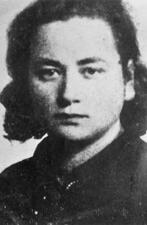
Hela Rufeisen Schüpper
Born to a hasidic family in Krakow, Hela Rufeisen Schüpper joined the Zionist youth movement Akiva against her family’s wishes. When the Germans invaded Poland, Schüpper joined the Jewish resistance against the Nazis, becoming a key courier. She survived Bergen-Belsen and moved to Israel after the war.
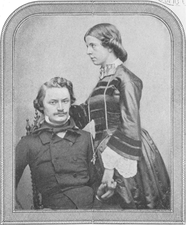
Margarethe Meyer Schurz
Margarethe Meyer Schurz used the training she gained in Germany to create the first kindergarten in the United States. After training under Friedrich Froebel, a groundbreaking educator, Schurz settled in Watertown, Wisconsin, where she created a German-language kindergarten that ran until World War I.
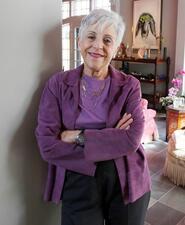
Lynn Schusterman
Billionaire philanthropist Lynn Schusterman changed the landscape of the American Jewish community through her advocacy for Israel, engagement with young Jews, and pioneering funding of inclusion and equality. As Chair of the Charles and Lynn Schusterman Family Foundation, her bold vision and commitment to repairing the world extended from Tulsa, OK, across the American Jewish community, to Israel and the Former Soviet Union.

Laurie Schwab Zabin
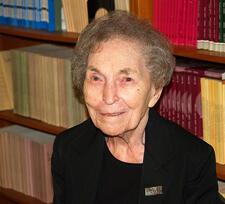
Anna Jacobson Schwartz
Ethel Baskin Schwartz
Felice Nierenberg Schwartz
Recognizing the hurdles that can stop women from achieving, Felice Nierenberg Schwartz founded Catalyst, an organization to help women with children enter the workforce, created a national network of resource centers and programs to enable women to work part time, and advocated for working mothers in her widely published writing.
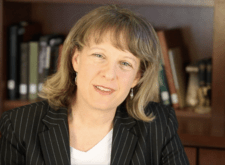
Julie Schwartz
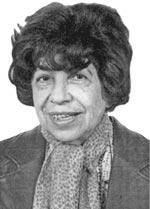
Alice Schwarz-Gardos
As a journalist, editor and foreign correspondent, Alice Schwarz-Gardos wrote articles for German-language newspapers in Israel and Europe from an explicitly Zionist and patriotic point of view. Besides her journalistic work, Schwarz-Gardos published eleven books in German.

Eugenie Schwarzwald
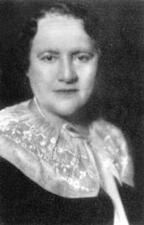
Rebecca Schweitzer
Rebecca Schweitzer’s generosity helped underwrite important early projects throughout Palestine and inspired others to give what they could.
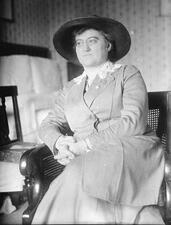
Rosika Schwimmer
Adolphine Schwimmer-Vigeveno
Adolphine Schwimmer-Vigeveno was an active member of the Jewish Women’s Council in the Netherlands in the decades before the outbreak of World War II. She served as the general editor of its periodical and later as its president, stimulating solidarity among Jewish women, organizing Jewish social work, and exploring contemporary Jewish issues, including Zionism.
Science in Israel
Miriam Finn Scott
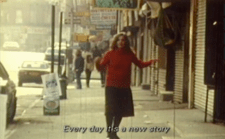
Jewish Women in Screendance
Jewish women made overwhelming contributions to the creation of the field of Screendance. Maya Deren, Amy Greenfield, Anna Halprin, Yvonne Rainer, Meredith Monk, and others have created a legacy of socially conscious dance for the screen that collectively exhibits and performs principles of Jewish ritual and practice. Many of these artists share a focus on social justice and a collective approach to what might be called a feminist Jewish art form.
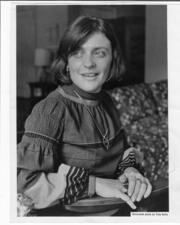
Barbara Seaman
Muckraking journalist Barbara Seaman survived a tumultuous childhood in New York City to become a bestselling author, a prominent second wave feminist, and, as a founder of the women’s health movement, an architect of informed consent. A lifelong scourge to the pharmaceutical industry, Seaman exposed the dangers of the high-dose birth control pill, hormone replacement therapy, and male doctors’ hubris.
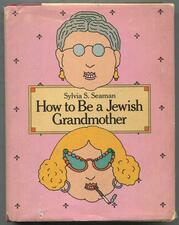
Sylvia Bernstein Seaman
“I’m still capable of marching. I marched sixty years ago. I just hope my granddaughter doesn’t have to march into the next century.” Sylvia Bernstein Seaman was a pioneering feminist of the twentieth century who broke the silence around breast cancer through her frank writing.
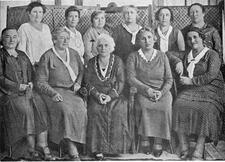
Second Aliyah: Women's Experience and Their Role in the Yishuv
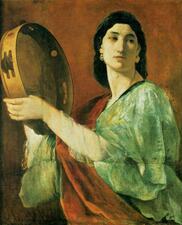
Second Temple Reception of Women in Tanakh
Second Temple discourse on women and gender is grounded in biblical interpretation and everyday life and, as such, has the potential to shed light on tumultuous debates about what different communities deemed problematic, acceptable, ideal, and anomalous with respect to a woman’s role in society. A selection of Second Temple texts envisioning Dinah, Miriam, and Sarah indicates these varied perspectives, as well as how these figures were used to promote the ideologies of the particular communities the texts represented.
Seder Mitzvot Nashim
Seder Mitzvot Nashim refers to the genre of literature in Ashkenazic and Italian communities that explained the specifics of how women should observe the commandments that were particularly associated with them. This handbook was reprinted many times, most famously by Rabbi Benjamin Aron Slonik, whose 1585 version of Seder Mitzvot Nashim was a veritable best seller of the pre-modern age.
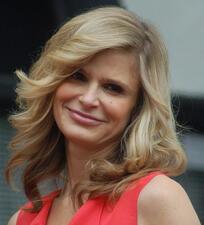
Kyra Sedgwick
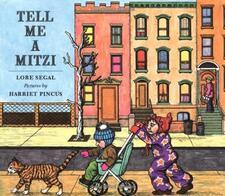
Lore Segal
A respected writer whose work was informed by her experiences as a child refugee from Nazi-occupied Austria, Lore Segal published several books of autobiographical fiction for adults as well as several books for children and translations. She was elected to the American Academy of Arts and Sciences in 2006 and named a finalist for the Pulitzer Prize in 2008.
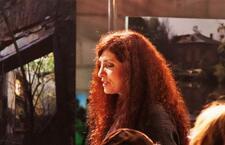
Tanya Segal
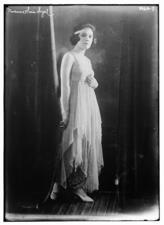
Vivienne Segal
A talented singer/actor and superb comedian, Vivienne Segal enjoyed a lengthy career. She was best known for her role as Vera Simpson, the older woman in love with the “heel,” Joey (played by Gene Kelly), in the 1940 Rodgers and Hart musical Pal Joey.


